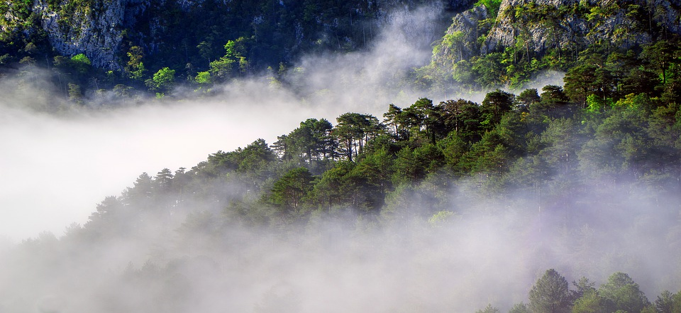Bedrock modulates the elevational patterns of soil microbial communities
Résumé
Elevational gradients are often used to reveal how soil microorganisms will respond to climate change. However, inconsistent microbial distribution patterns across different elevational transects have raised doubts about their practical applicability. We hypothesized that variations in bedrock, which influence soil physical and chemical properties, would explain these inconsistencies. We therefore investigated soil microbial communities (bacterial and fungal) along two adjacent elevational transects with different bedrocks (granite vs. slate) in a subtropical forest. Our findings reveal that soil microbial communities are shaped by complex interactions between bedrock type and environmental factors along elevational gradients. Bacterial biomass was higher on slate, whereas fungal biomass was higher on granite. On granite, both bacterial and fungal biomass increased with elevation, whereas divergent patterns were observed on slate, likely due to the distinct soil properties or combinations of properties influencing microbial biomass on each bedrock. Bedrock and elevation strongly influenced microbial beta-diversity, with beta-diversity on granite driven primarily by soil total phosphorus and moisture, and on slate by soil organic carbon and pH. In contrast, alpha-diversity was impacted less by bedrock and elevation, but its relationship with environmental factors varied markedly between bedrock types. Overall, our results highlight the critical influence of bedrock in determining soil microbial community structure along elevational gradients and their potential responses to climate change.
| Origine | Fichiers éditeurs autorisés sur une archive ouverte |
|---|---|
| licence |



